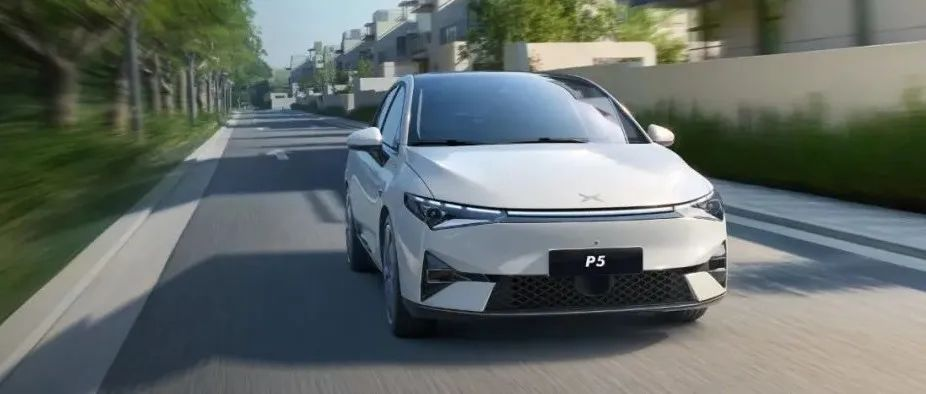Writing: CH_Chenhan
I knew it was good, but I didn’t expect it to be this good!
Recently, XPeng P5 opened up the VPA-L parking memory parking function for its high-end models through OTA. This function can park the car in a designated parking space according to the parking route set by the user after entering the underground parking lot. Compared with the VPA function of XPeng P7 tested last year, there are three upgrades in XPeng P5’s VPA-L:
-
Supports underground parking lot memory parking across floors, supporting route length increase to 2km;
-
Laser radar is turned on for the first time, with stronger perception ability and improved safety on curves;
-
Support for memory route sharing and searching for parking spaces along the way (the latest OTA version of P7 also has the same function).
So, what is the actual user experience of VPA-L? Can it cope with the complex environment in the parking lot? To find out the answer to the question, we have decided to set up a special test for it. In order to increase the difficulty and restore the actual usage scenarios, we have added 8 challenges to the test. How many of them can it pass?
Click on the video to reveal the answer
↓↓↓
Inconvenient to watch the video?
The data-saving assistant has prepared the main content of this video for you:
Challenge One: Double Level Parking ✅
At -2F, XPeng P5 drove down two slopes in a row and parked in the designated space on -4F. VPA-L found this challenge easy to pass.
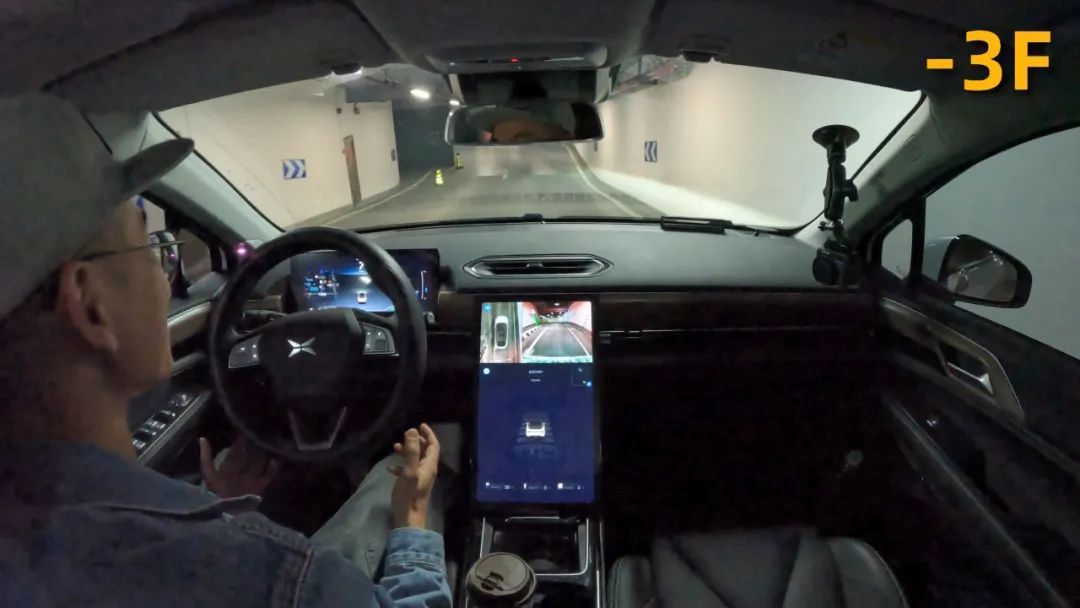
Challenge Two: Barrier in Underground Gate ✅
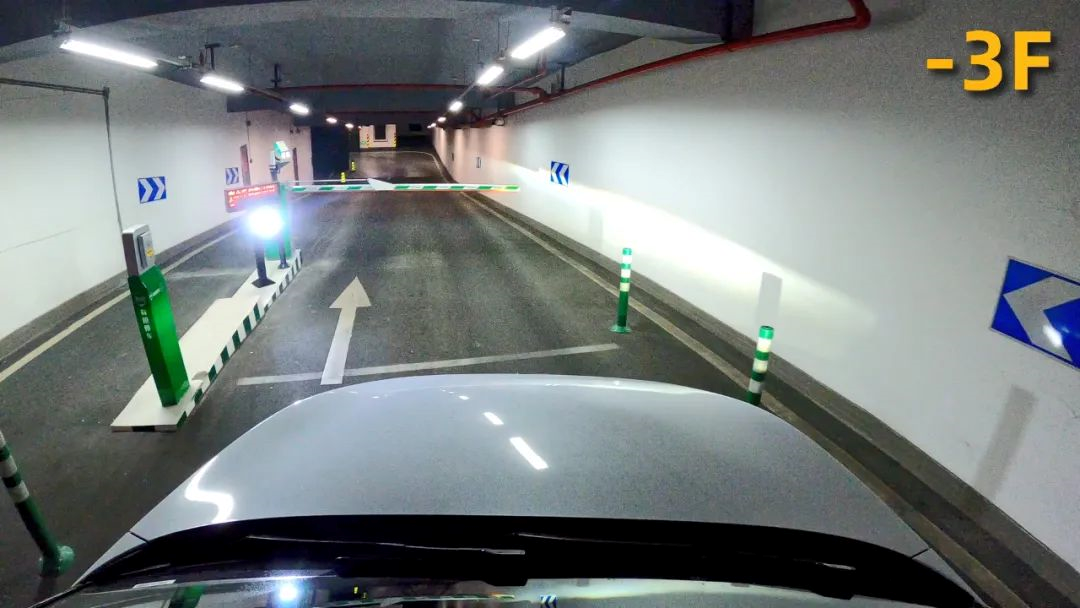 Except for the entrance gate of the parking lot, there is another gate between the -3F and -4F levels, and although the car machine will remind you that the gate should not appear in the memory route, in the actual test process, we found that it can even cope with the “gate within a gate” independently and effectively.
Except for the entrance gate of the parking lot, there is another gate between the -3F and -4F levels, and although the car machine will remind you that the gate should not appear in the memory route, in the actual test process, we found that it can even cope with the “gate within a gate” independently and effectively.
The VPA-L function of XPeng P5 can not only smoothly pass through the narrow road planned by the green pillars on both sides of the gate, but also automatically stop and wait for the lift when the vehicle recognizes the railing and then resume driving after the lift is raised. The whole process can be described as “skilled veteran driving”, and its stable performance amazed everyone present.
Challenge Three: Disappearing Obstacle Car✅
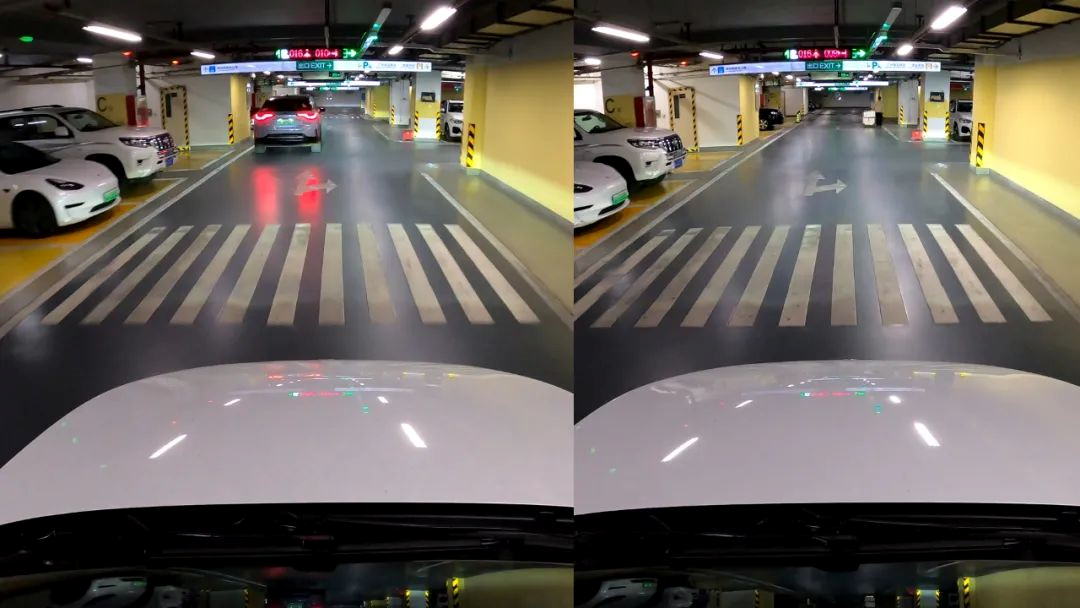
When creating a memory route, we placed a stationary obstacle car on the road, which caused a large turning to avoid it in the memory route. When using memory parking, we removed the obstacle car, and VPA-L can automatically “flatten” the route without drastic turning.
Challenge Four: Vehicle Crossing✅
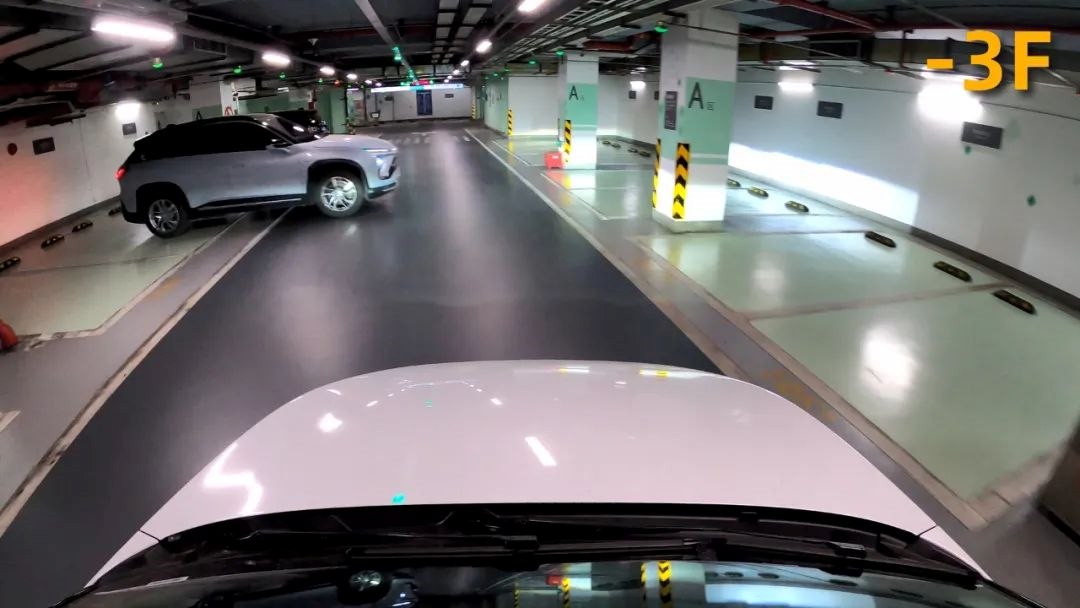
During the memory parking process, we arranged a car to cross from the front, and XPeng P5 was able to brake and wait in time, judge the ample driving space, turn and avoid, and continue driving.
Challenge Five: Vehicle Reversing✅
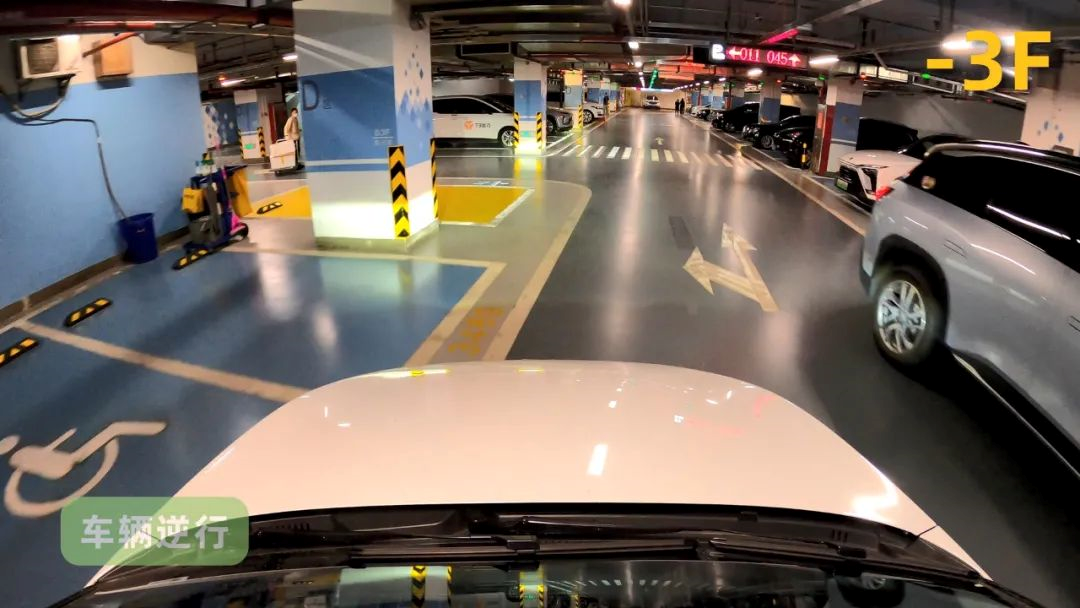
Faced with oncoming traffic, XPeng P5’s response is basically the same as when encountering a car crossing, which is to stop and wait, judge the ample driving space, turn and avoid, and continue driving.
During the avoidance process, VPA-L allows the vehicle to cross the line while driving, and it will not be too rigid, basically in line with human driving operations.
Challenge Six: Pedestrian Crossing✅
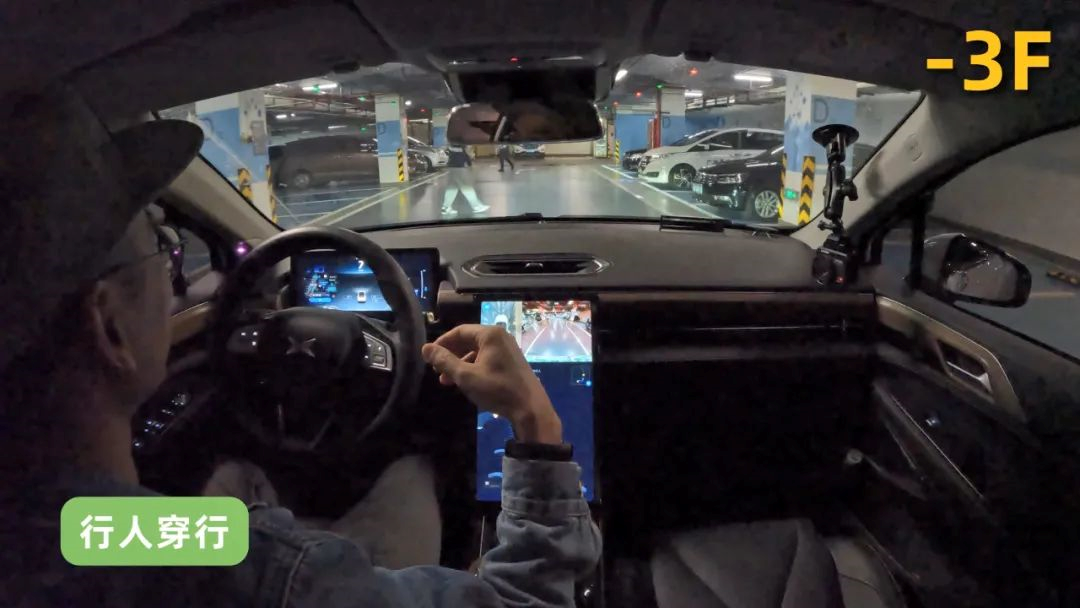
In the face of pedestrians crossing the road, VPA-L can identify it in advance and stop steadily.
(For the sake of the personal safety of colleagues, we didn’t test the pedestrian who ran out suddenly)
Challenge Seven: Paper Cup Marking❌
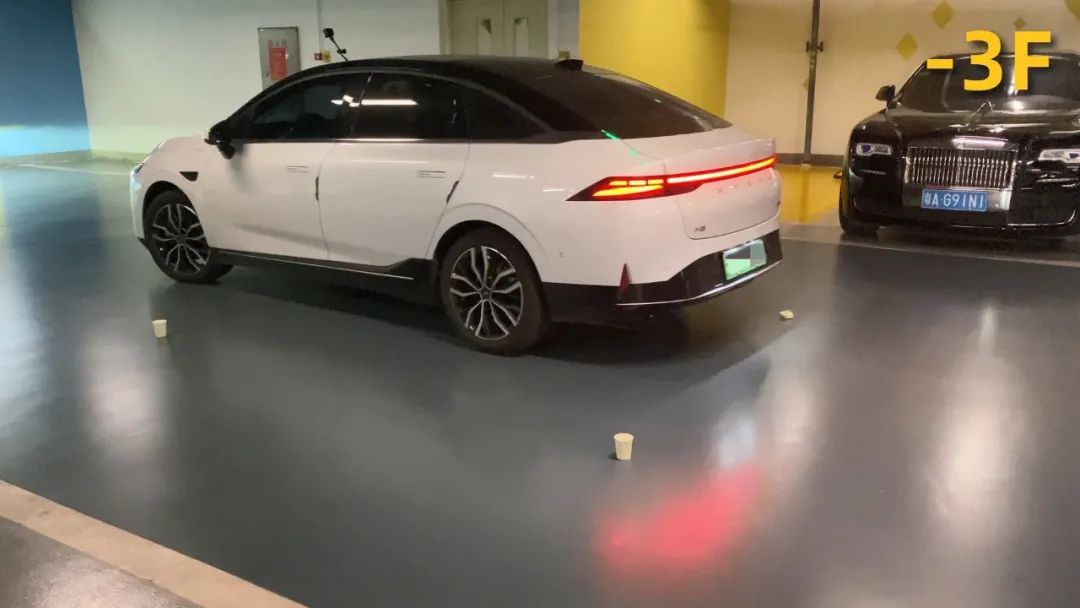 During memorization, we marked the driving route using paper cups on the straight road after the turn. When executing memorized parking, the vehicle cannot accurately follow the memorized route, but deviates about 30-40cm to the outside of the corner. It is initially judged that this should be related to the cornering strategy. VPA-L will actively increase the turning radius and reduce the blind spot during turning.
During memorization, we marked the driving route using paper cups on the straight road after the turn. When executing memorized parking, the vehicle cannot accurately follow the memorized route, but deviates about 30-40cm to the outside of the corner. It is initially judged that this should be related to the cornering strategy. VPA-L will actively increase the turning radius and reduce the blind spot during turning.
Challenge 8: Very Difficult Parking Space ❌
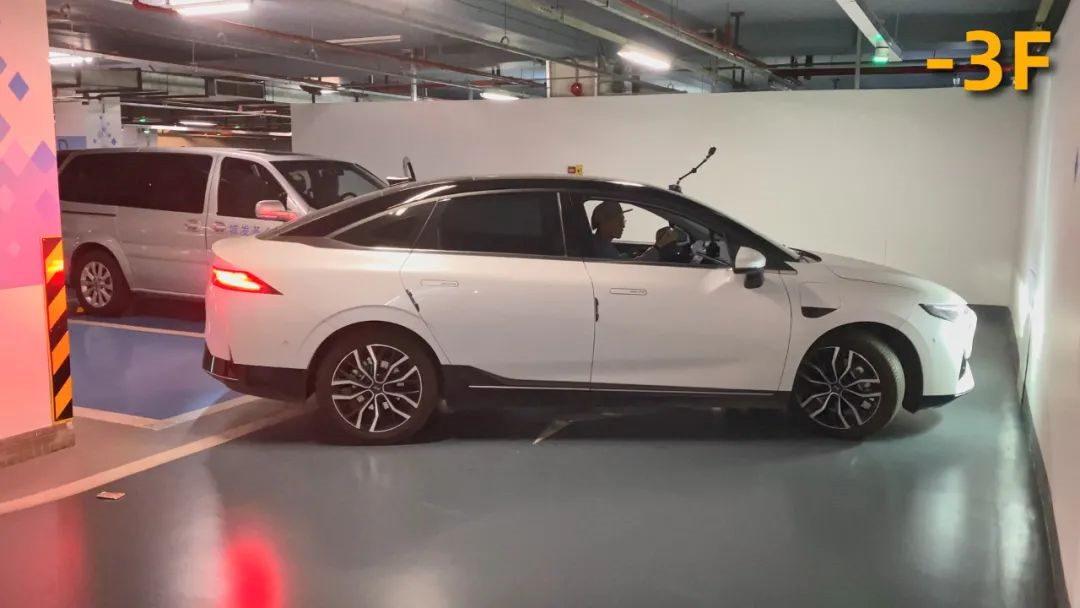
At the end of the test route, we arranged a parking space that even human drivers need to try 3-4 times to park properly. After hesitating for a few seconds, VPA-L chose to give up, and the challenge failed.

There were two functions that we did not have the chance to try in this test. One is the 100-meter remote parking function. In the last 100 meters of the memorized route, the driver can get off the car and press the button on the phone to complete the final parking step. This function needs to be completed through a mobile app, but we did not have authorization to use it this time.
The second function is the memory route sharing. This function is very practical and has a lot of imagination space, especially suitable for finding charging stations or shopping mall entrances in underground parking lots. XPeng will prepare memorized parking routes for underground self-operated supercharging stations that meet the conditions in advance. XPeng models with VPA function can automatically find the charging station by using the memorized parking route when entering the parking lot.
Next, we plan to challenge the most difficult underground parking lots in Guangzhou. Which parking lots do you want to watch us challenge? Feel free to leave a comment below.
This article is a translation by ChatGPT of a Chinese report from 42HOW. If you have any questions about it, please email bd@42how.com.
